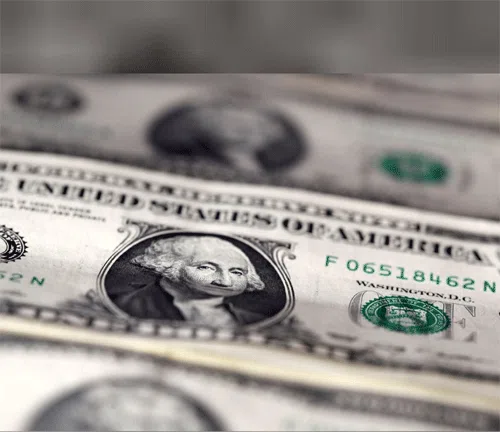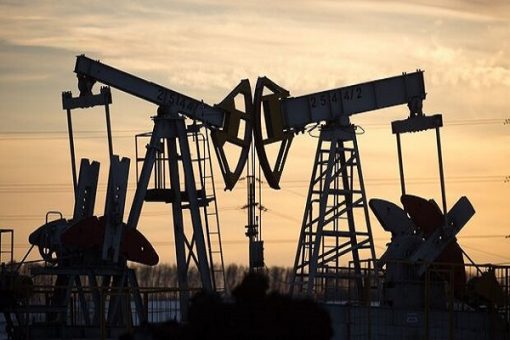The naira traded at ₦1,421.73 to the US dollar on Monday, November 3, 2025, according to data released by the Central Bank of Nigeria (CBN) from the Nigerian Foreign Exchange Market (NFEM).
On the streets of Lagos and other major cities, however, the dollar exchanged for much higher — with traders quoting between ₦1,440 and ₦1,515, depending on the area and transaction volume. Many dealers in Lagos were reportedly buying dollars at around ₦1,440 and selling at about ₦1,450, showing a clear difference between official and street rates.
Understanding the Two Markets
NFEM (Official Market):
The official NFEM rate, which serves as the CBN’s benchmark for banks and other formal transactions, stood at ₦1,421.73 per dollar on Monday. This rate reflects trading between financial institutions and corporates under the regulated system.
Parallel Market (Street Market):
In the parallel or black market — where bureaux de change (BDCs) and informal traders operate — the naira continued to trade weaker. Rates ranged from ₦1,440 in some locations to as high as ₦1,515 in others, highlighting how prices vary by location and timing. Importers and individuals who depend on this market often pay significantly more for dollars.
Read Also;
Dollar to Naira exchange rate today, November 1, 2025
Market Trends and Activity
Data from FX monitoring platforms showed intraday trades fluctuating between ₦1,445 and ₦1,453 on electronic trading systems, reflecting limited liquidity and uneven price discovery across platforms. Analysts say strong dollar demand from importers, remittance inflows, and central bank interventions continue to shape the exchange-rate movement.
Why the Gap Matters
The widening gap between the official and parallel market rates poses real challenges for Nigeria’s economy. Businesses unable to access foreign currency at the official window often resort to the street market, pushing up operating costs and import prices. For everyday Nigerians, it also means higher travel costs, pricier goods, and increased pressure on inflation.




